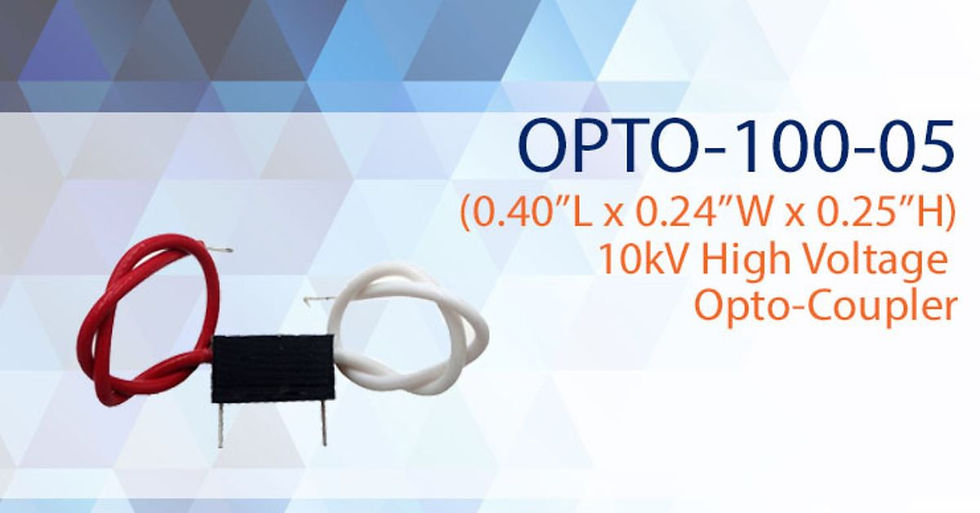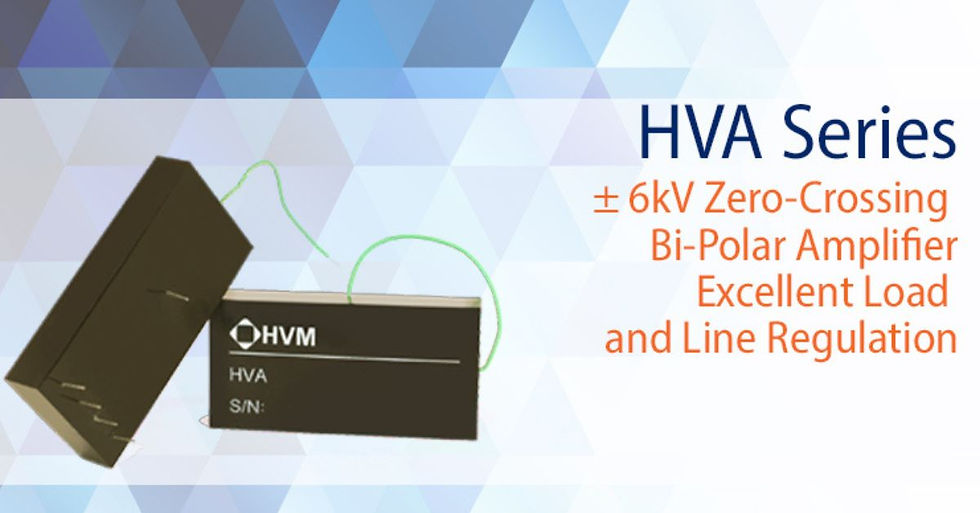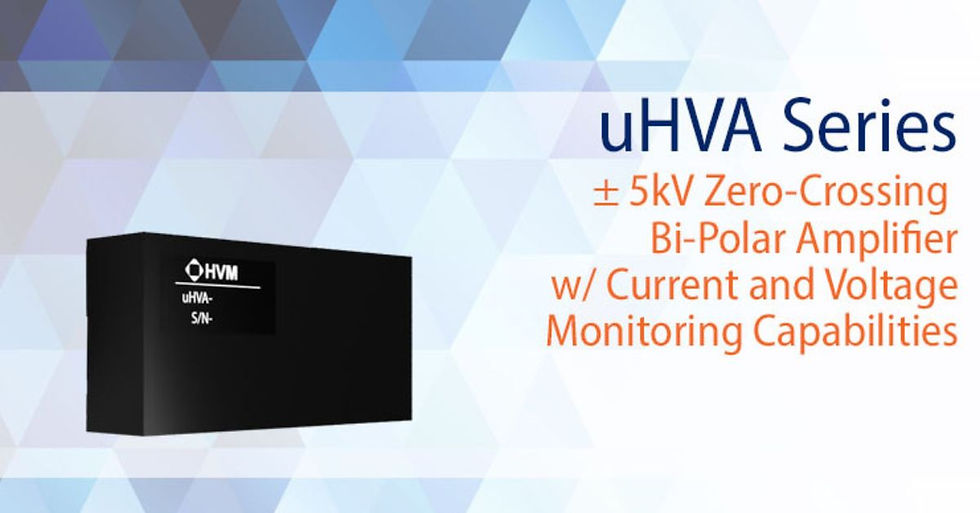
Opto-couplers, or opto-isolators, are valuable in the realm of microelectronics. The miniaturization of electronic components has opened new possibilities for microelectronics, making devices smaller as well as more efficient and powerful!
High-voltage opto-couplers are at the forefront of miniaturization efforts, and learning their maximum voltage level is a priority when implementing them. Find out more about the maximum voltage of a high-voltage opto-coupler, the factors that go into its measurement, and its effects on systems.
Defining High-Voltage Opto-Couplers
At their core, high-voltage opto-couplers manage significant voltage differences between circuits. High voltage typically refers to a voltage above the standard operating levels in consumer electronics. These components are crucial in applications where high voltage needs control, ensuring only the intended signals pass through.
A high-voltage opto-coupler consists of an LED (light-emitting diode) and a photodetector within a single package. When the input signal energizes the LED, it emits light that travels across an insulating barrier to reach the photodetector and transforms the optical signal into an electrical one. This process maintains electrical isolation and prevents direct electrical connections between the input and output.
Applications of High-Voltage Opto-Couplers
High-voltage opto-couplers are vital in power systems. They facilitate the safe transfer of signals in systems with high-voltage differentials, such as inverters and power supplies. They also protect sensitive components from damage by isolating control systems from high-power sections.
In communication interfaces, opto-couplers support clear and interference-free signal transmission. They also prevent noise from high-voltage lines from affecting low-voltage data lines, maintaining the integrity of information coming and going.
Safety circuits also rely on high-voltage opto-couplers to provide reliable isolation against potential hazards. These components prevent electrical shocks and failures in industrial control systems or consumer electronics.
Understanding Maximum Voltage Specifications
Maximum voltage in high-voltage opto-couplers refers to the highest voltage differential the component safely isolates. It is a critical parameter for engineers designing circuits with high voltage. Exceeding this maximum could lead to component failure and safety hazards.
Typically, high-voltage opto-couplers handle voltage ratings from hundreds to thousands of volts. They could have a voltage range of 500–5000 V. This range extends when using a miniature HV amplifier to improve output.
The maximum voltage depends on the opto-coupler’s design and materials. Engineers must carefully consider these ratings when integrating opto-couplers into their systems. Knowing the maximum voltage specifications guarantees the opto-couplers perform as intended. This prevents overloading and supports the lifespan of the components.
Factors Influencing Maximum Voltage
Several factors, such as the insulating material, affect the maximum voltage capability of high-voltage opto-couplers. High-quality insulators maintain the gap between the LED and photodetector, allowing for effective isolation.
The design of the opto-coupler also impacts voltage handling, enhances isolation, and reduces the risk of breakdown under high voltage. Manufacturers continually innovate designs for better performance.

Comparison to Other Isolation Components
Opto-couplers are quite different than transformers and relays. Transformers use electromagnetic induction, while opto-couplers rely on light for isolation. They are inherently smaller and more suitable than transformers, especially for applications with limited space.
Relays are effective for switching applications, but they often lack the speed and efficiency of opto-couplers in transmitting signals. Opto-couplers offer faster response times, making them ideal for modern, high-speed electronic systems. Additionally, their compact size makes them ideal for miniature designs.
Opto-couplers provide higher maximum voltage than other isolation components due to the shorter distances traveled to provide power. Their unique properties enable engineers to design intricate systems without sacrificing performance or safety.
Technical Standards and Certifications
Manufacturers adhere to various technical standards to ensure the safety and reliability of high-voltage opto-couplers. These standards outline the necessary test methods and performance criteria that opto-couplers must meet.
Certifications from Underwriters Laboratories (UL) and the International Electrotechnical Commission (IEC) assure users of the quality and safety of the opto-couplers. Adhering to these standards is crucial for manufacturers to provide reliable products. Finally, staying informed about the latest standards and certifications helps engineers select the best opto-couplers for their projects.
Design Considerations for High-Voltage Applications
Designing systems that incorporate high-voltage opto-couplers requires careful consideration of their maximum parameters. Engineers must evaluate the voltage levels and ensure the selected opto-couplers handle them without failure.
Thermal management is another critical aspect of high-voltage design. Opto-couplers may generate heat during operation, especially in high-power applications. Adequate heat dissipation mechanisms are necessary during the use of maximum voltage to prevent overheating and maintain performance.
Precision in design is essential to optimize opto-couplers in high-voltage applications. Attention to detail in voltage rating and thermal management guarantees the final product meets expectations and operates safely under its highest voltage output.

Performance Metrics and Testing
Evaluating the maximum voltage of high-voltage opto-couplers involves rigorous testing. Tests will assess the device’s ability to withstand voltage differentials. The results will provide insights into their reliability and performance under stress.
Reliability testing simulates real-world conditions to identify potential failure points. By understanding how opto-couplers perform over time, engineers can make informed decisions about their effectiveness and integration into systems. Conducting thorough performance testing allows manufacturers to improve designs and address shortcomings so that the opto-couplers deliver consistent performance over their lifecycle.
The Impact of Miniaturization on Performance
The push for miniaturization in the electronics sector drives advancements in high-voltage opto-coupler design; new models can maintain a stable maximum voltage level. However, shrinking components while maintaining performance presents various challenges. Engineers must balance size reduction with the need for effective isolation and thermal management.
Technological advancements enable the creation of smaller opto-couplers that offer maximum performance. Innovations in materials and manufacturing processes have contributed to this progress, integrating high-voltage capabilities into compact packages.
Miniaturization enhances the appeal of opto-couplers for various applications with space constraints and efficiency concerns. The miniaturization of these components leads to more versatility in their use for higher voltage output in different devices.
Safety Considerations in High-Voltage Design
Safety is paramount in high-voltage design, and opto-couplers are critical for mitigating risks. Insulation and isolation techniques prevent accidental contact with high-voltage circuits while reducing the likelihood of electrical shocks. When determining the maximum voltage of high-voltage opto-couplers, manufacturers include redundant systems and fail-safes to protect personnel and equipment. Thorough testing and adherence to safety standards further enhance the reliability of high-voltage systems.
High-voltage opto-couplers are crucial to modern microelectronics. Their ability to provide isolation in miniature designs makes them indispensable for various applications. Understanding their maximum voltage provides insights into how to use them to their full potential. Practice safety, and use the best components from HVM Technology; we offer customized parts to bring your electrical circuits to a new level. Get a quote today, and reach out to us for recommendations.


Comments